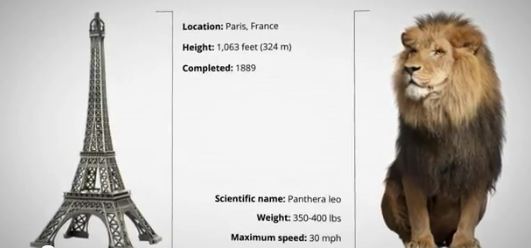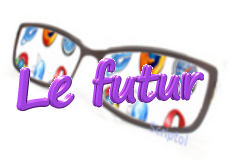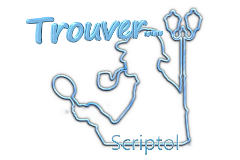Search engines, technologies and list
They are no longer just a way to find a site dedicated to a topic, they want to go beyond it, answer questions, for example, and have become an essential element of the environment for webmasters.
Search technology
For a long time, the technique was to associate a set of keywords with a page, as well as display pages in the results corresponding to the keywords of the user's request.
To increase relevance, Google came up with PageRank: pages are classified by the number and quality of links pointing to them, by a group of keywords.
Next to PageRank, we see BrowseRank, which classifies pages by user activity, TrustRank, which refers to the source trust index. "FreshRank" appreciated the novelty of the content and its completeness in the news.
Referents seek to understand how the algorithm works, but it is in vain to try to assign logic to it. At least on the optics of the webmaster, because the motor has its own logic. Site from the point of view of the engine as a star lost in the infinity of distant galaxies. Only a small bright spot. The webmaster does not always understand how the engine positions its site, but for the latter it is about directing Internet users into this star cluster and optimally. The contradiction between the means that the optimal word implies is often underestimated.
Object Knowledge Base

Bing tries to go from text to object, just like Google. In 2012, 300 million objects have a descriptive sheet in the Microsoft database. When a query is executed, attempts to identify the object and returns the results associated with that object. All information collected on the Web, on pages, on social sites is related to the object. This allows you to provide information about it when it is identified in the request .
Google has a similar tool that begins to take shape in SERPs in 2012, and which it calls the Knowledge Graph. This is the display on the results page next to a list of links, information about the search object: people, places, works, etc. It is in the text and image.
The data comes from Freebase, Wikipedia, CIA World Factbook and other sources. It contains in 2012 500 million objects and 3.5 billion facts about these objects. For example, if the object you are looking for is identified as Marie Curie, the page displays his photo, biography, photos of people associated with it. If this is an artist, we will have images of his most famous paintings.
Video from The Knowledge Graph.
This result has been undergoing Google's www.wydl.com experiment since 2011 and was expected to switch to the main search engine, which has now begun in 2012.
Search Engine List
You can register for free and simply on your website on the following (except for special) search engines, the most important of them are on the list.
- Ask.com
- Bing
Replaces Microsoft's Live Search and wants to be a decision engine. Search by category. - Dogpile
Meta engine. - DuckDuckGo
A different kind of online, privately.
Entering! sp + keywords, you can access the Google index without going through their interface. - Entireweb.com
- Google
Most popular. - Lycos.com
- Perplexity.ai
Search engine using I.A. as Chat GPT to answer questions. - Qwant.com
This is a search engine that respects privacy, like DuckDookGo in the United States . - Virgilio.it Italian.
- Tungsten Alpha
Knowledge engine that answers scientific questions . - Fr.yahoo.com
Personal interface with Bing index. - You.com
Gives an I.A-based answer, he says. with links to sites. According to Google results, but with more important user tracking. If you're scared for spying, it's not a perfect tool.
Searchmash.com, Google's experimental engine is closed.
Resources
- CommonCrawl. This non-profit foundation provides an index of 5 billion links to web pages. How to create your own search engine !
- IndexTank. LinkedIn's search engine is open source. This includes an index maintenance framework.
- DuckDuckGo source code. The search engine now rising is also open source on GitHub.


